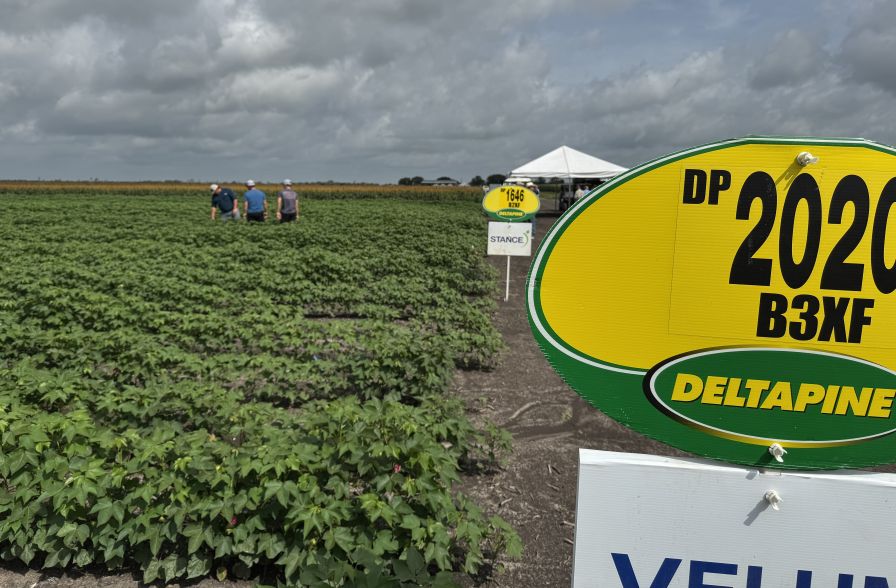Rabobank Paints Bearish Grains Picture
Chicago Board of Trade (CBOT) corn prices collapsed following the release of the January USDA report. Prices had rallied over 10% from their December lows as non‐commercials built a substantial net long position ahead of what was expected to be a bullish index fund rebalancing period.
However, in its January crop report, the USDA increased its 2009/10 U.S. corn yield estimate to a record 165.2 bushels per acre, which saw total corn production increase to 13,151 million bushels — up substantially from their November production forecast of 12,921 million bushels. The significance of the revision was even more acute considering the adverse weather conditions and delays experienced throughout the U.S. corn harvest which had nearly all analysts factoring in a minor downward revision to both yields and acreage.
The additional 230 million bushels of production had an immediate impact on the market as the fundamental outlook turned from a neutral/bullish bias to unequivocally bearish. As a result, corn futures prices went limit down in the session immediately following the release, which in turn saw many newly established long positions move out of the money. This prompted further long liquidation from the speculative community during subsequent sessions, resulting in current CBOT prices trading 15% below their January highs at $3.61 per bushel.
It is premature to assume that lower corn prices will lead to a change in fortunes for US corn exports. While recent U.S. export sales were strong, buyers were almost entirely from traditional US importers, meaning these sales are accounted for in current final U.S. export forecasts.
Rabobank continues to believe that the USDA’s current 2009/10 export target of 2,050 million bushels is too high.
With the USDA finding an additional 230 million bushels of production and South American production expectations improving, the fundamental outlook for corn has shifted to bearish. Prices have already done a lot of the work needed in terms of discovering additional demand, but we maintain that prices should continue to grind lower throughout the first half of 2010.
Global soybean prices have come under pressure as a result of beneficial weather conditions which have resulted in the favourable development of the South American soybean crop. As a result, CBOT nearby soybean prices have lost 10 percent since their January highs and are currently trading below $9.50 per bushel.
Crop forecasts in Brazil and Argentina have continually been upgraded in recent months and the likelihood of record South American production has increased substantially. Strong export demand and positive crushing margins as well as an expectation of additional inflows of new investor capital into the agricultural commodity markets kept soybean prices well supported through the latter part of December.
However, the reality of a significant supply response has shifted the market’s attention from a demand‐led bull market to a supply‐driven bear market.
In complete contrast to 2008/09, South American soybean-producing countries have seen almost ideal growing conditions in 2009/10.
The fundamental outlook for the soybean complex is unequivocally bearish given the size of Brazilian and Argentine crops. There is also a need for a relatively large number of long‐side positions, that are now out of the money, that need to be liquidated, which only adds to the bearish story. We maintain our downside price outlook for prices to reach $ 8.50 per bushel in the second quarter of 2010.
However, the market is unlikely to decline in a steady, uniform fashion, and any short covering rallies should be viewed as selling opportunities.
Source: Rabobank









